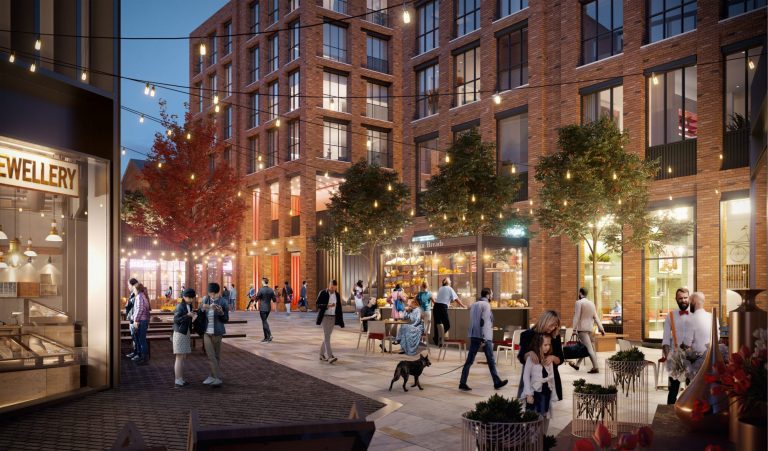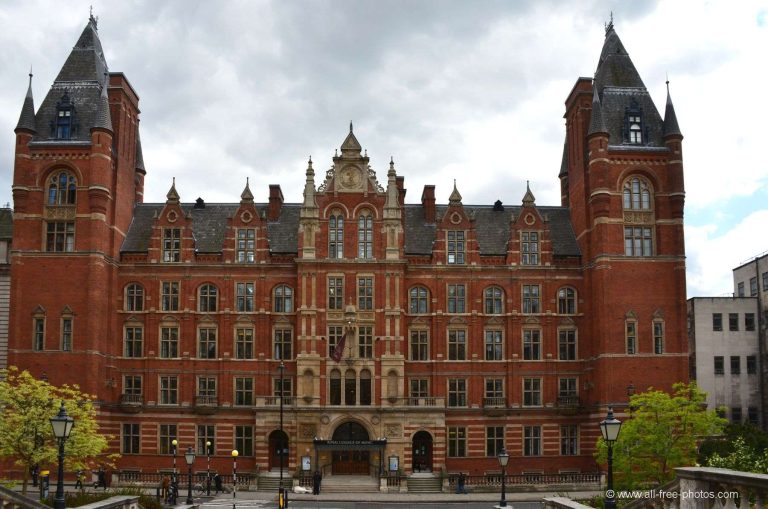The first phase of a giant warehousing complex geared for the needs of online shopping is taking shape at Ipswich, off the A14. The Great Blakenham scheme – described as groundbreaking – will be a warehouse and distribution complex which is set to break with traditional norms with its building design. Developer Curzon de Vere said the aim was of Port One Logistics Park is to give e-commerce operations warehousing and distribution facilities geared to their needs. It said most e-commerce activities were being conducted from centre designed and built for other purposes and many operators were experiencing inefficiencies and high costs as a result. With leases agreed and planning approval in place, Anglia Building Services Ltd has started work on the first phase of the 60-acre site, off the A14’s junction 52, which will result in three units being built within the next year. The first 143,000sq ft unit has been designed for Ipswich-based Chinese fulfilment house operator FDS Corporation Ltd. FDS general manager Sheng Li said: “The past three years has shown us how well our Suffolk location works for us and our growth has given us the confidence to look at a new facility.” Ports and logistics solutions specialist Murray Gibson Associates Ltd, who is providing architecture services, said it was an “exceptional” project, with the building designed from the inside out. “It is very rarely that you get the opportunity of a completely clean sheet of paper on which to design an operation that not only exceeds the client’s original brief, but also ticks so many of the desirable supply chain features that this site in particular offers,” said the firm’s owner Murray Gibson. “Having perfected the internal layout and process flows, it was literally a case of wrapping the building around it.” A fulfilment house differs from conventional warehouses in its use of the ‘cube’ of the building rather than just focusing on the floor area, he explained. “This three-dimensional approach has enabled us to achieve a density of over 32,000 pallets of storage, nine-high with semi-automated locating.” It is thought that around a fifth of UK consumer purchases will be made online by the end of 2019, and that will increase to around a quarter by 2023, with the UK leading Europe in its growing preference for online shopping. “Behind the scenes, nothing short of a mini-revolution has taken place, largely unseen, that ensures our online purchases arrive where we want them and when, leaving us to get on with our busy lives,” explained Mr Gibson. “By cutting out multiple distribution centres and stores and delivering direct to the consumer, retailing is now embedded in the processes that enable us to buy products on our computer, tablet or smart phone. Orders are picked, labelled and marshalled for dispatch by courier and delivery companies to our chosen destination, offering an ever-widening number of options to suit our individual lifestyles.” Other buildings of between 50,000 and 700,000sq ft are planned for the logistics park. They will follow similar design principles, with planning consent for building heights of more than 20 metres. Easy access to the east and westbound carriageways of the A14 are key feature of the site, which will be operational 24 hours a day, seven days a week. “Port One Logistics Park enters the market in exactly the right place and at the right time,” said Mr Gibson. “According to industry analysts Retail Economics, and demonstrated at this year’s United Kingdom Warehousing Association national conference, a further 44m sq ft of warehouse space needs to be built in the UK by the end of 2021 – just to meet the demands of the online retail sector.”








